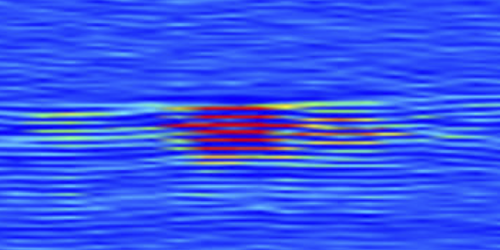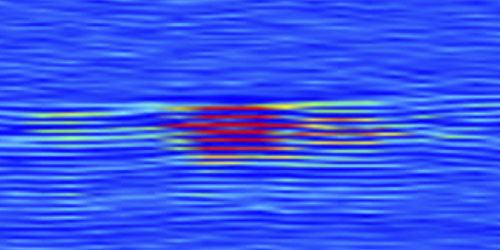Soft Biological Tissues Can Be Piezoelectric
Squeeze a quartz crystal, and it will generate an electrical voltage. This electromechanical coupling, known as piezoelectricity, is exploited in many applications, from quartz watches to cigarette lighters to amplifying pickups for guitars. The effect appears in crystals and ceramics but also in biological solids like bones. Now, Kenji Ikushima and colleagues at Tokyo University of Agriculture and Technology have documented the first instance of piezoelectricity in hydrated tissues—a finding that could have biomedical implications.
Piezoelectricity requires ordering of the electric dipoles in a material, which is easier to achieve in crystals than in disordered materials. In biological solids, such as bones, it can arise from the alignment of long polar proteins known as collagens. However, until now, it was unclear whether collagens in tissues that are wet and soft could also produce this effect. To test this possibility, the team hit pieces of Achilles tendons, aortic walls, and heart valves with modulated ultrasound waves, which induced mechanical stresses in the samples. In a piezoelectric material, this stress should cause a time-varying electrical polarization, which radiates an electromagnetic field that can be picked up by a tiny antenna. The team detected such a signal, revealing piezoelectricity in these soft tissues.
The team translated their measurements into tomographic images that show the collagen’s distribution in the tissues. These images, the researchers say, could lead to novel diagnostic tools. In upcoming work, they plan to investigate this possibility by studying whether their setup can reveal either the degradation of collagen molecules or the changes in their distribution that are expected to occur in osteoporosis or fibrosis—diseases that affect the structural integrity of bones and organs, respectively.
This research is published in Physical Review Letters.
–Matteo Rini
Matteo Rini is the Deputy Editor of Physics.





